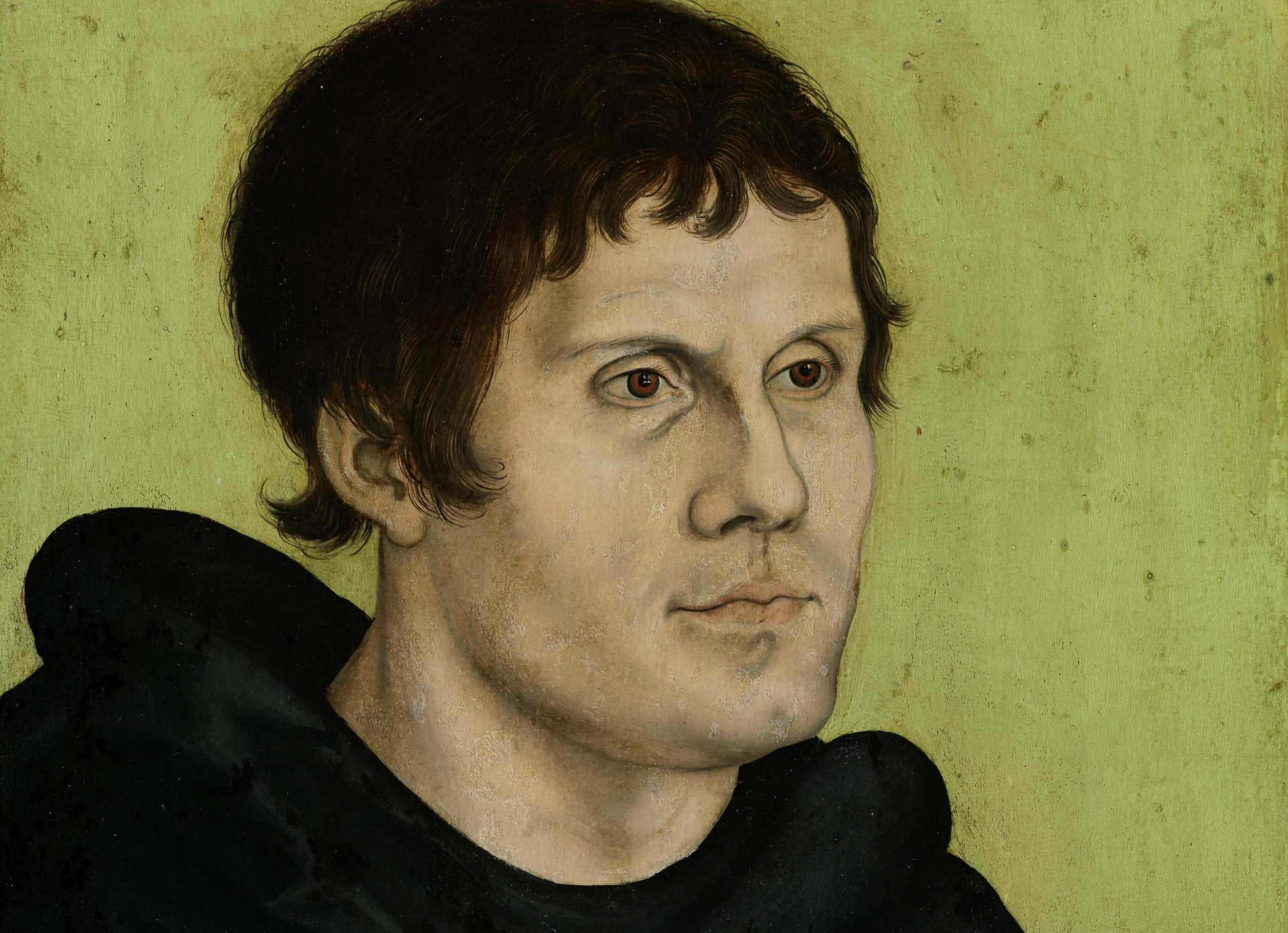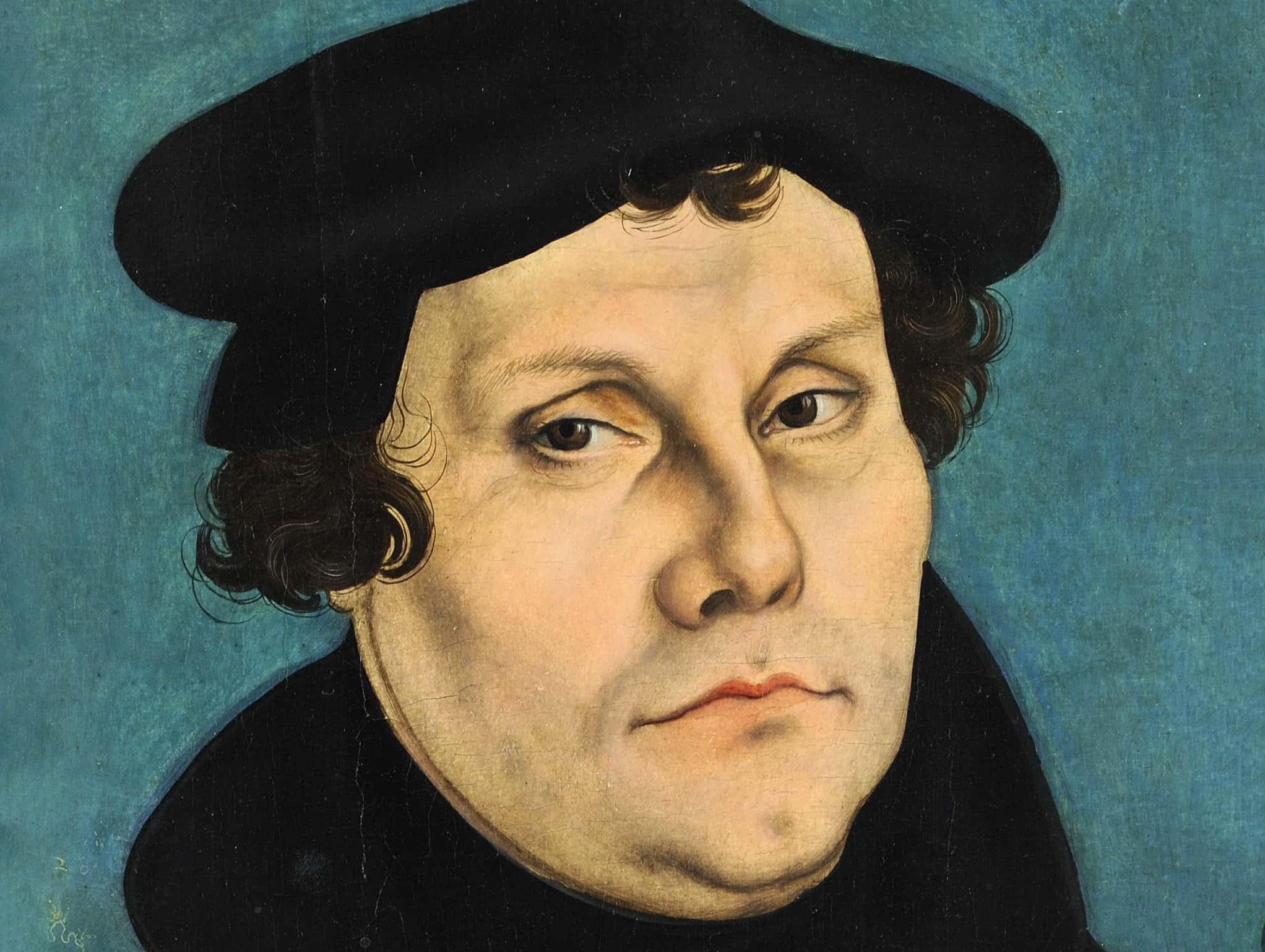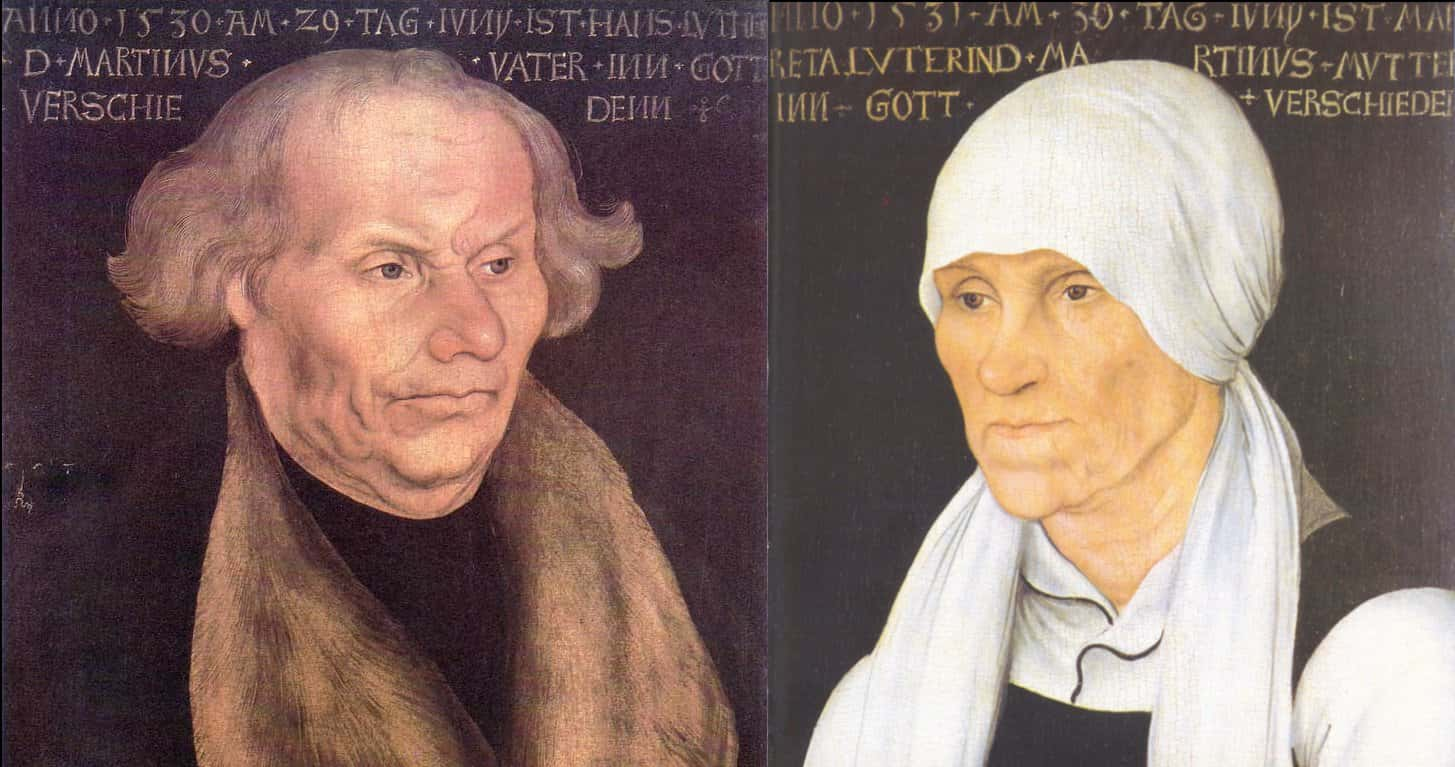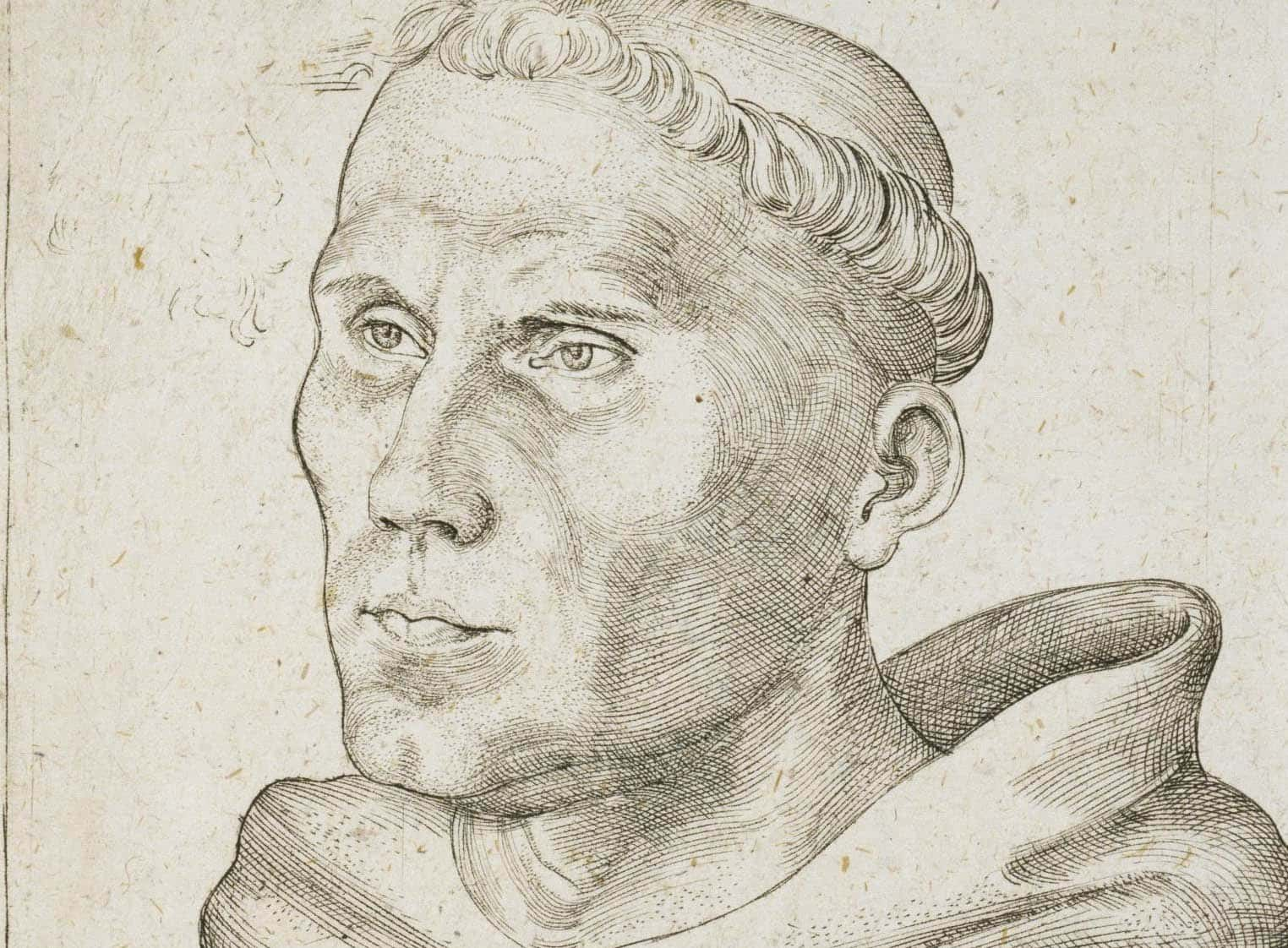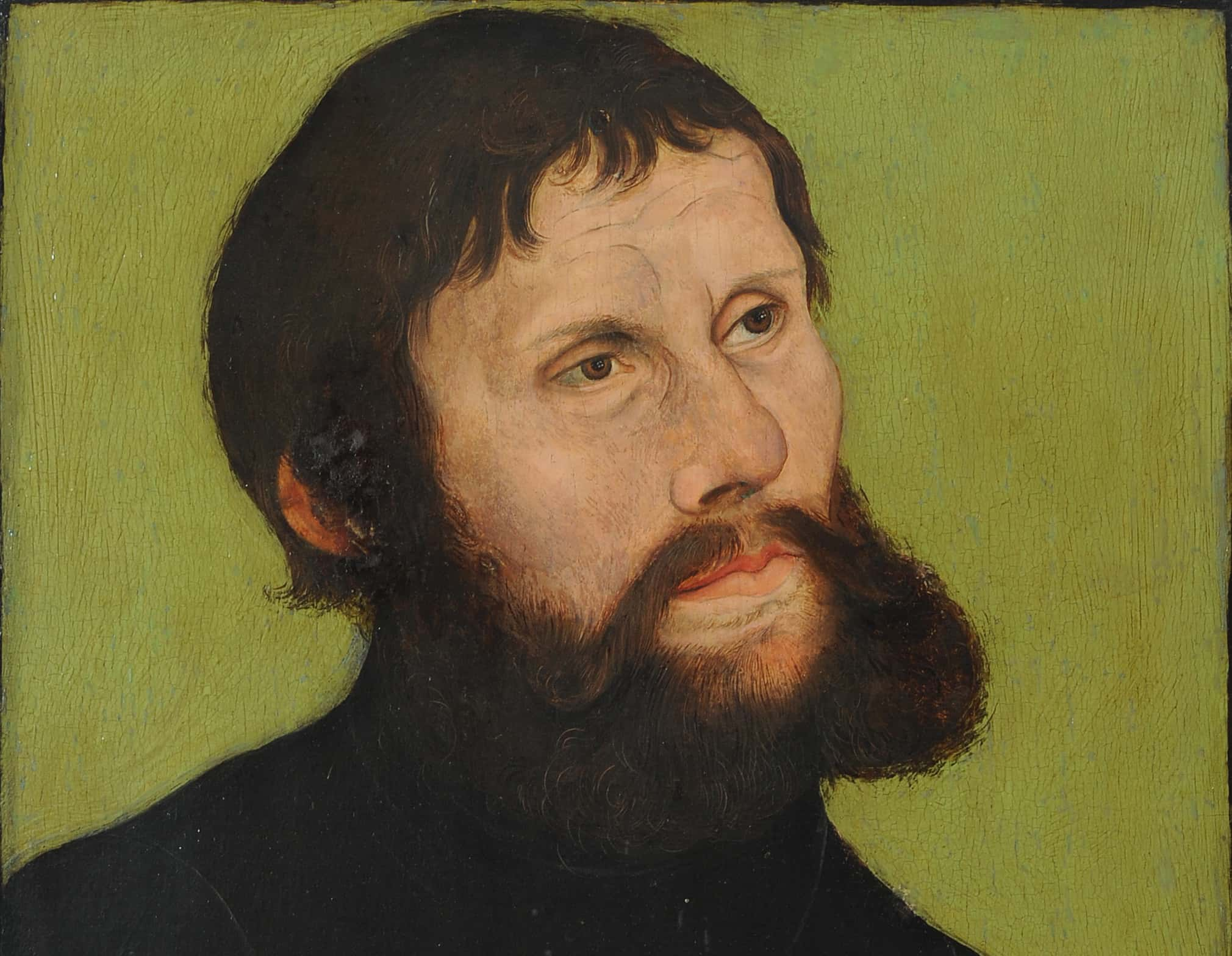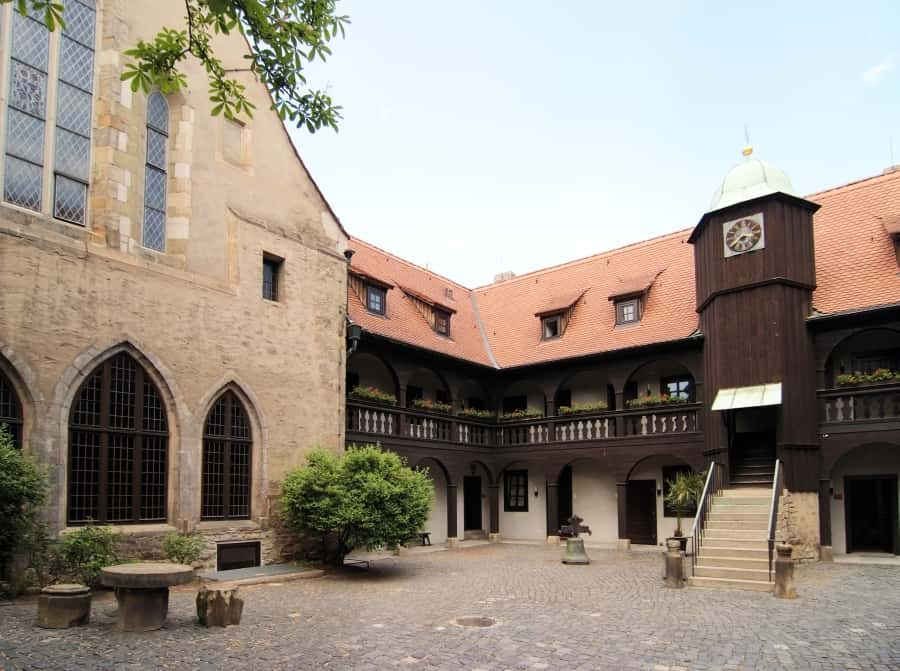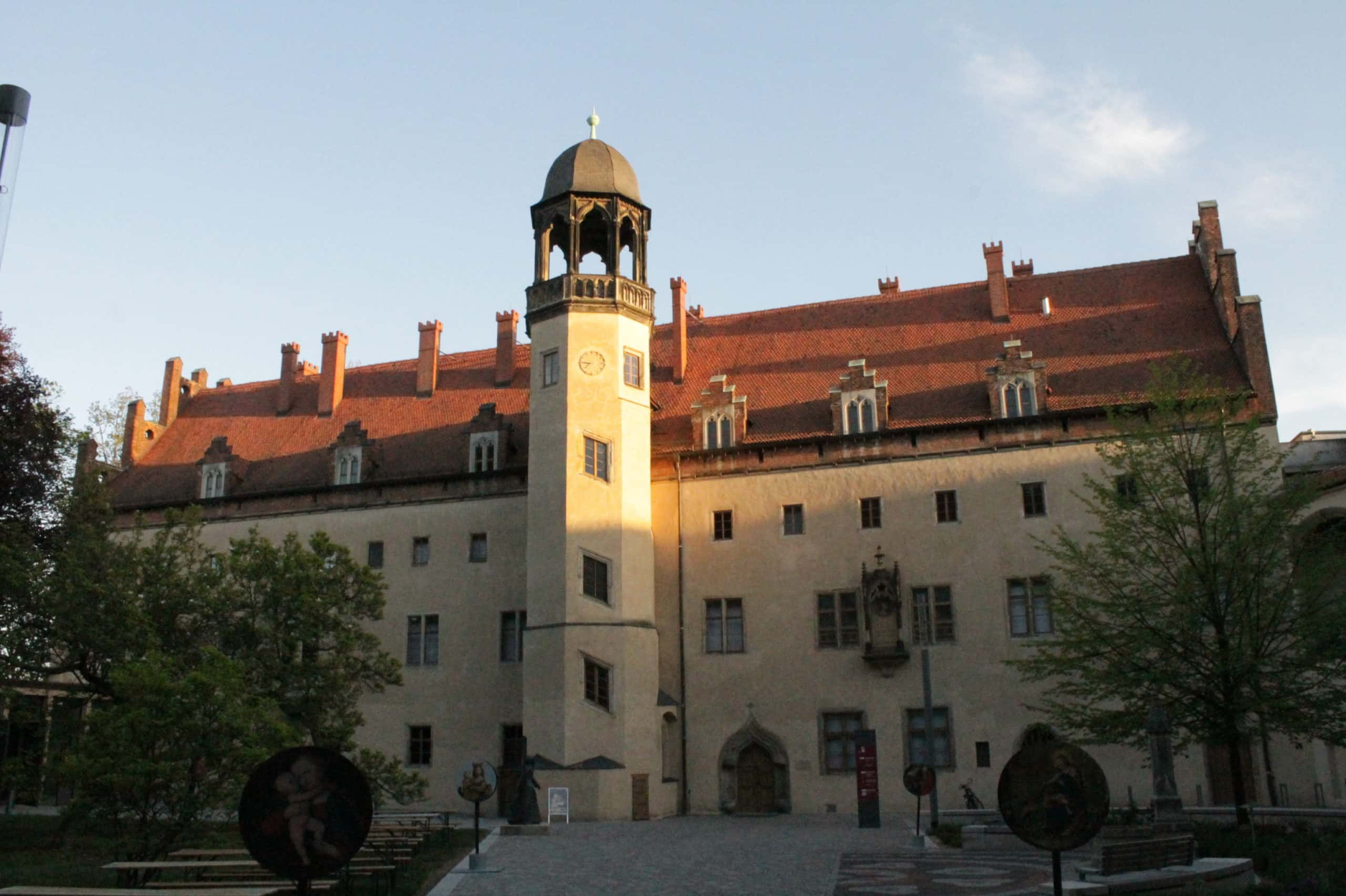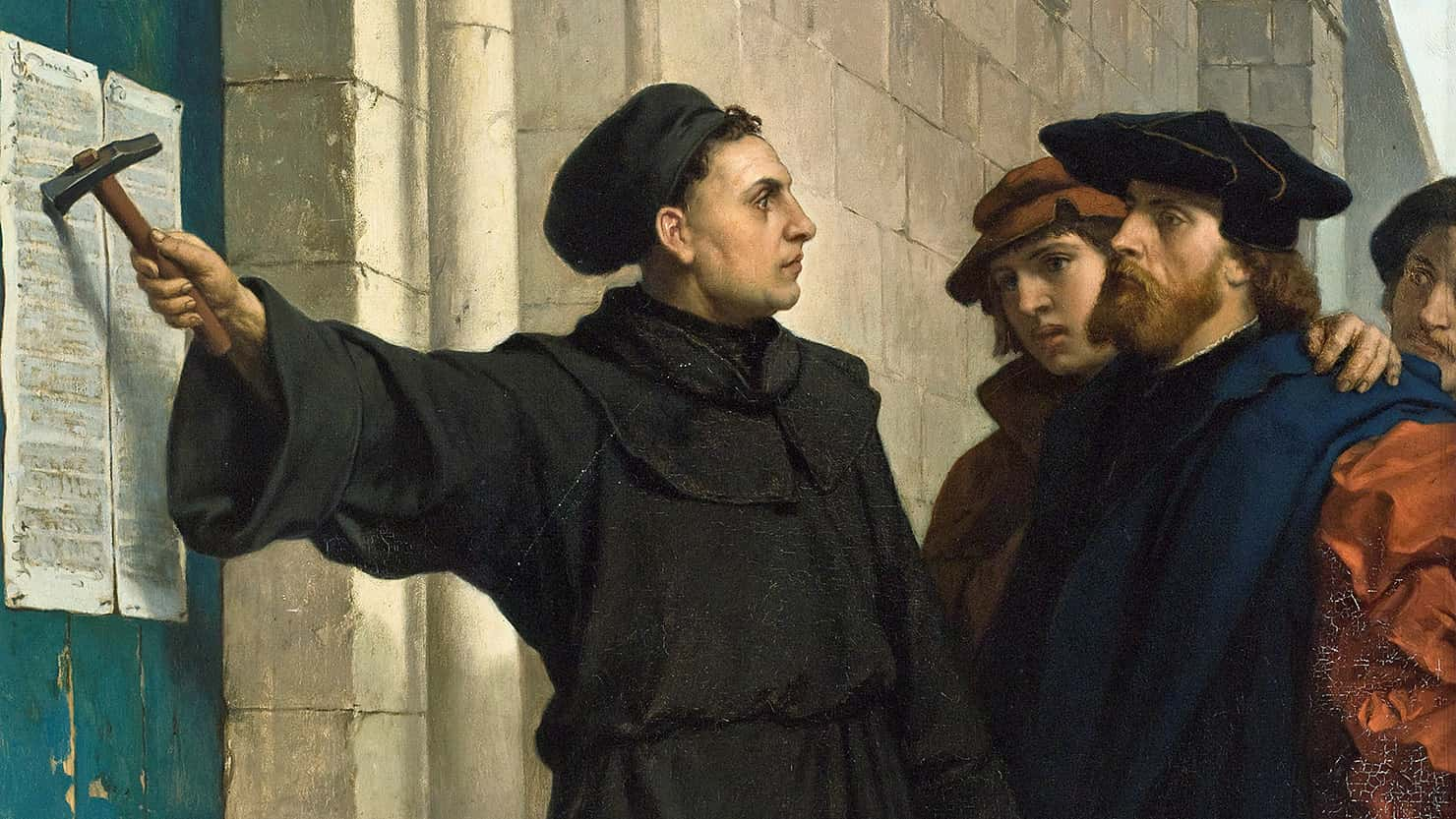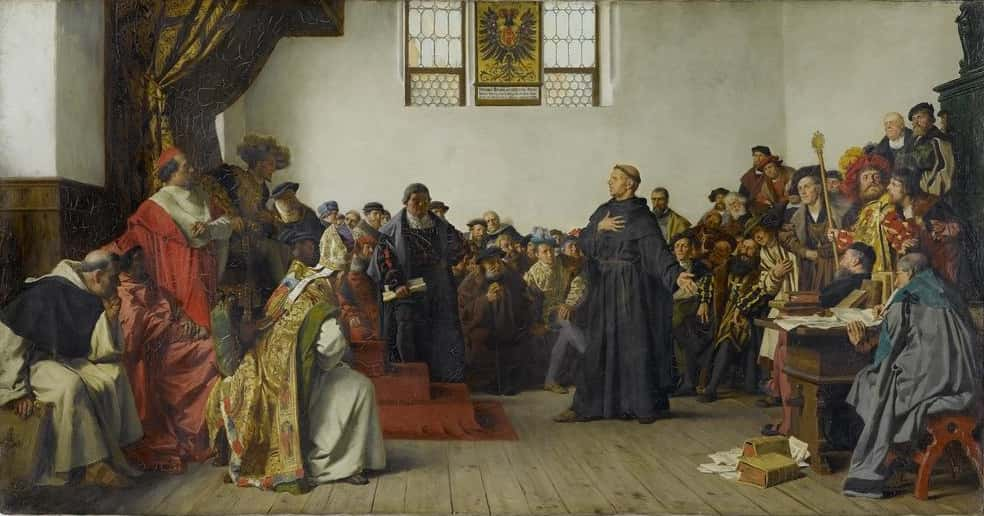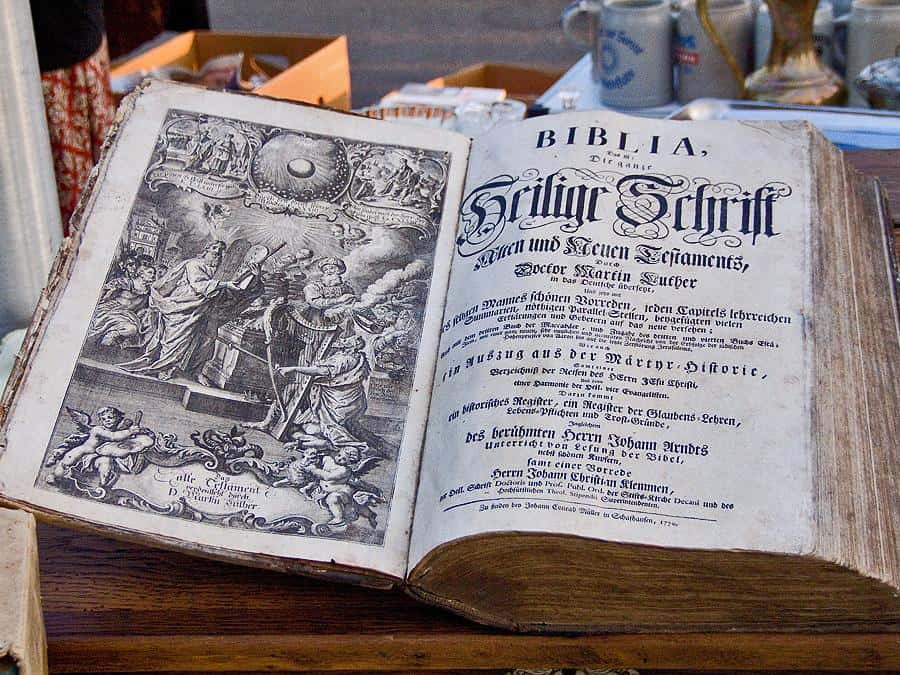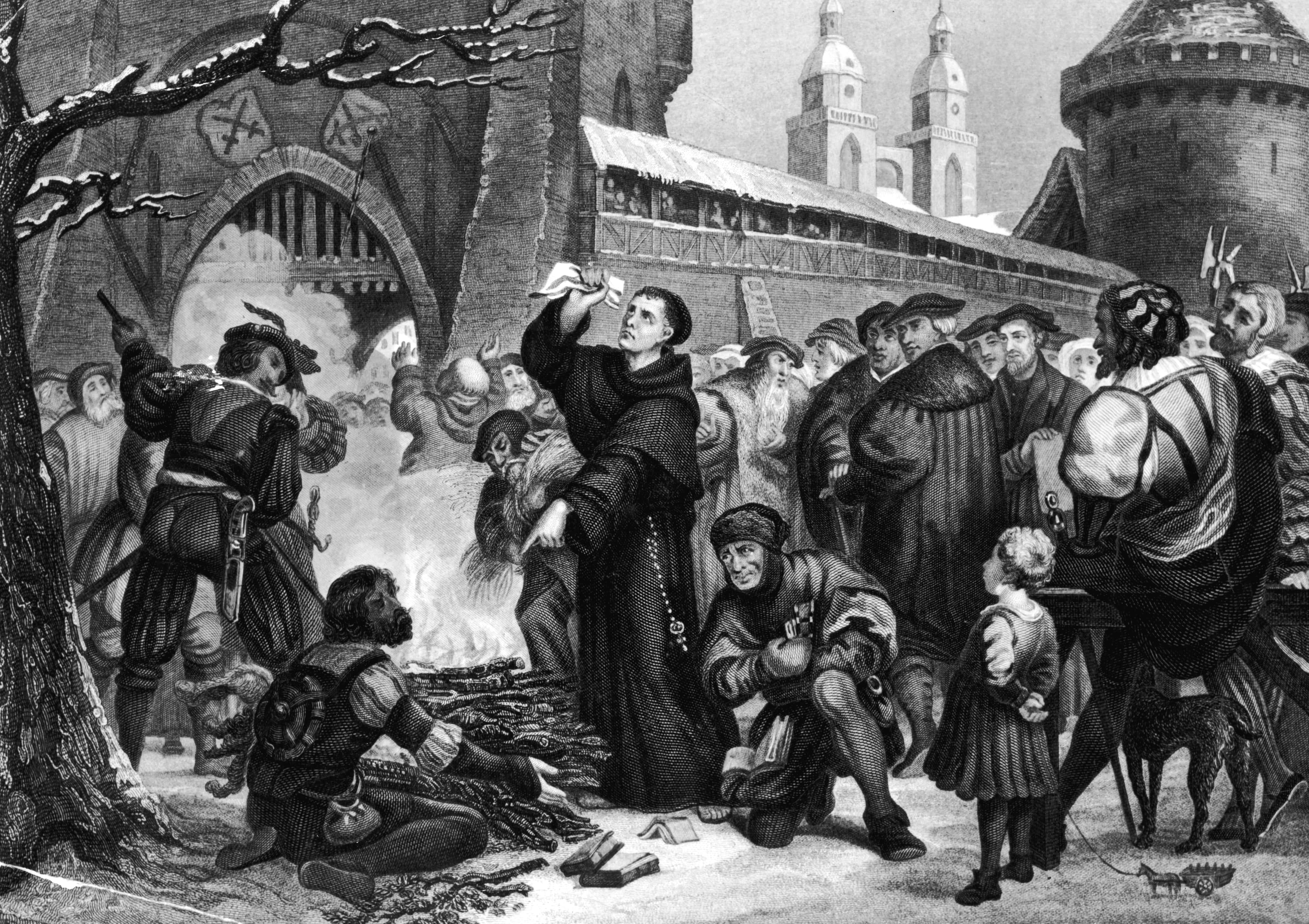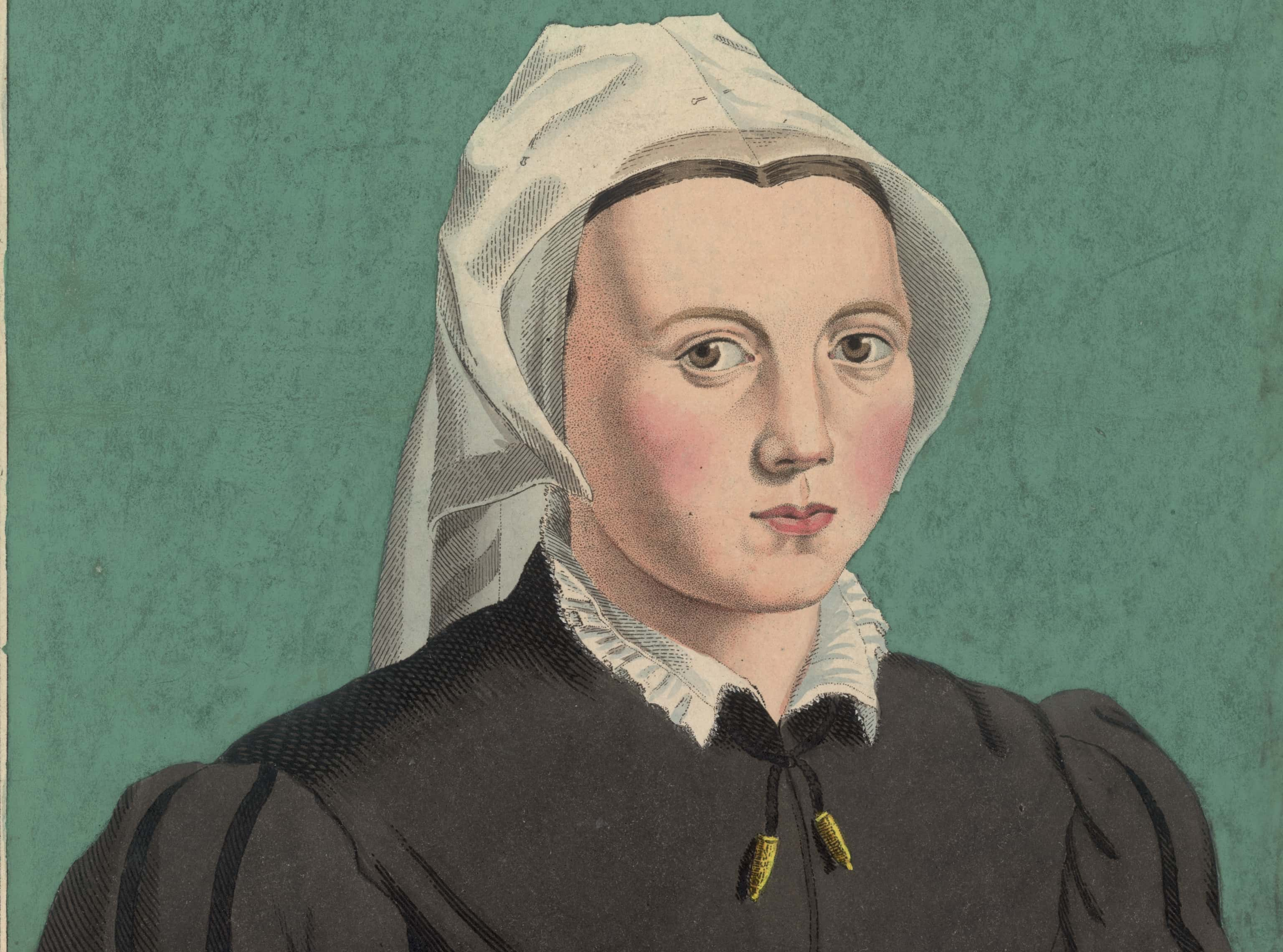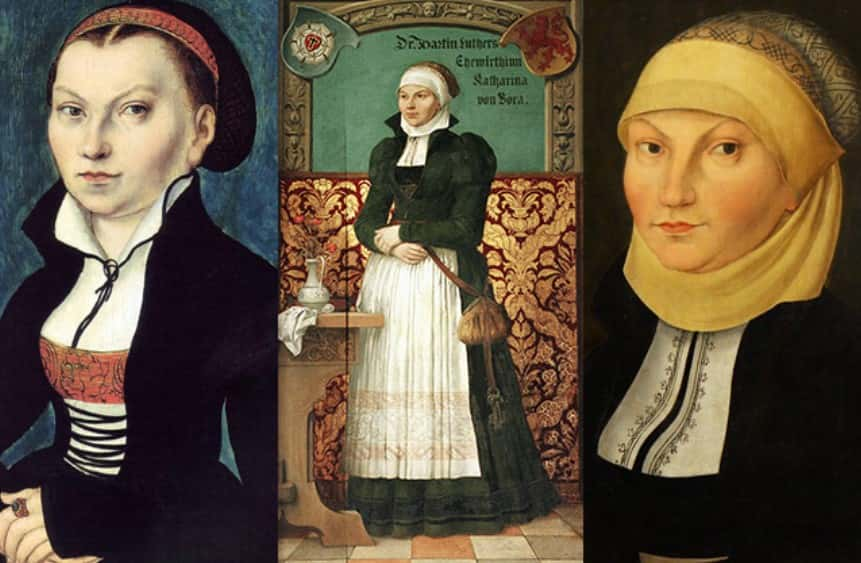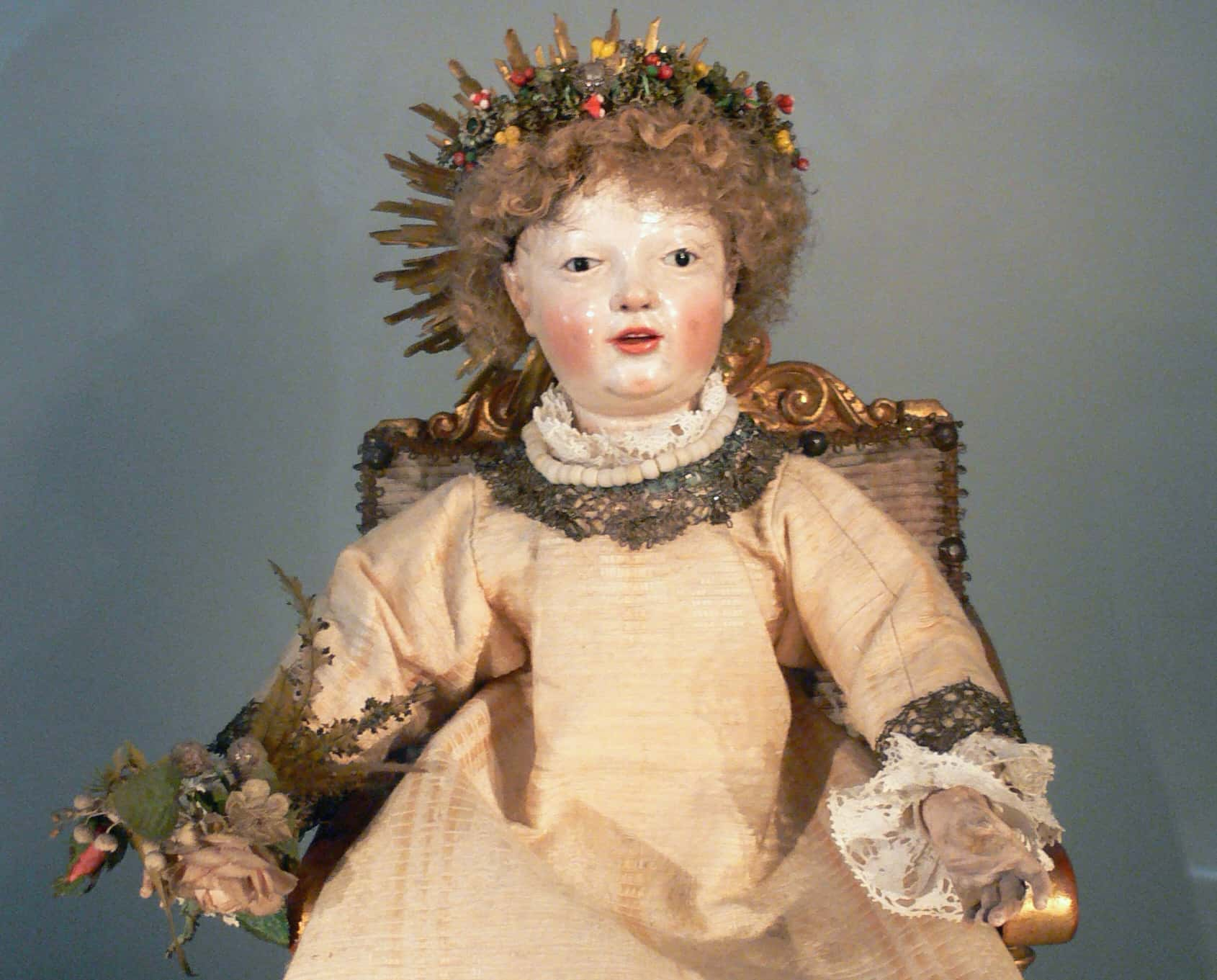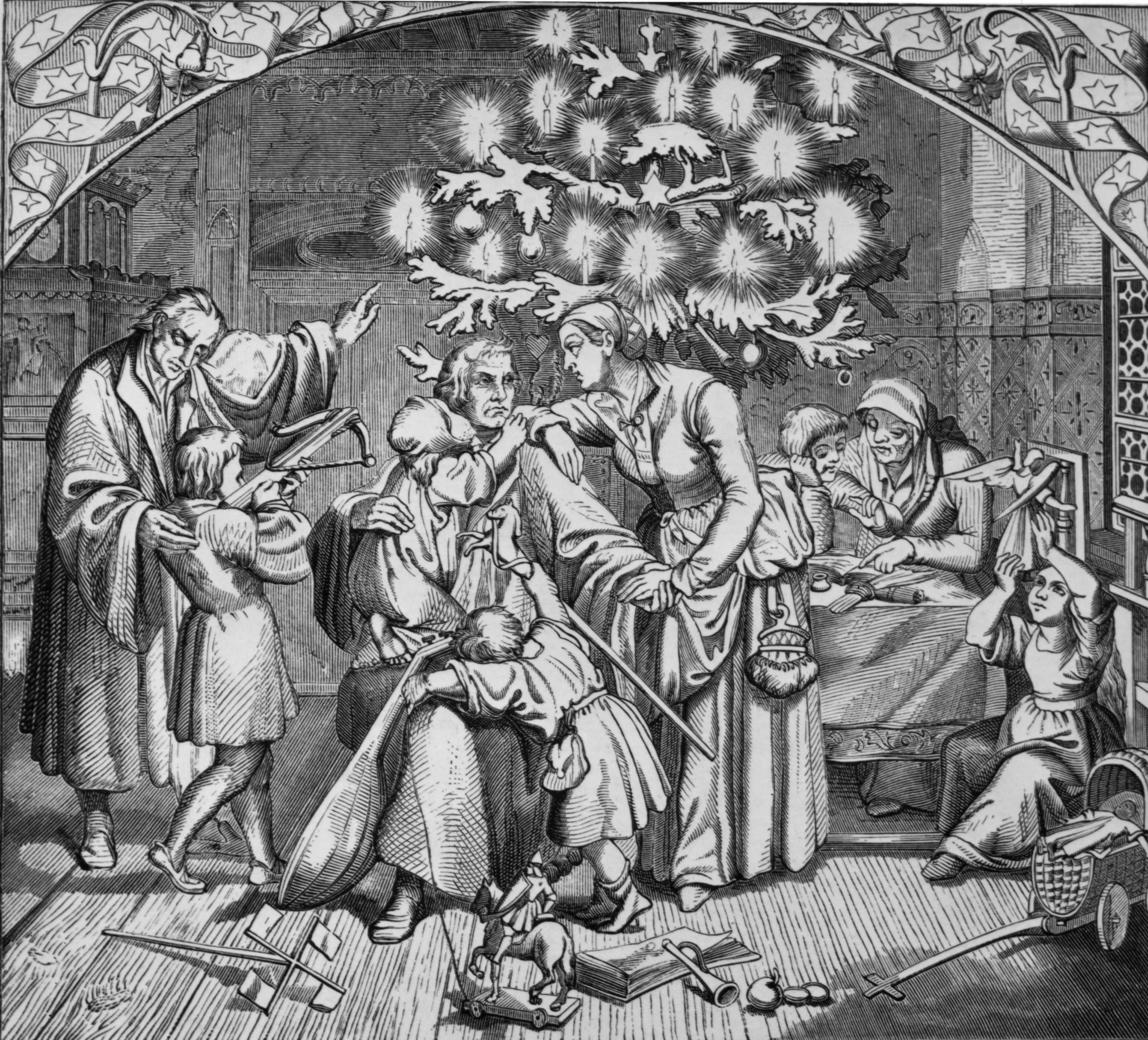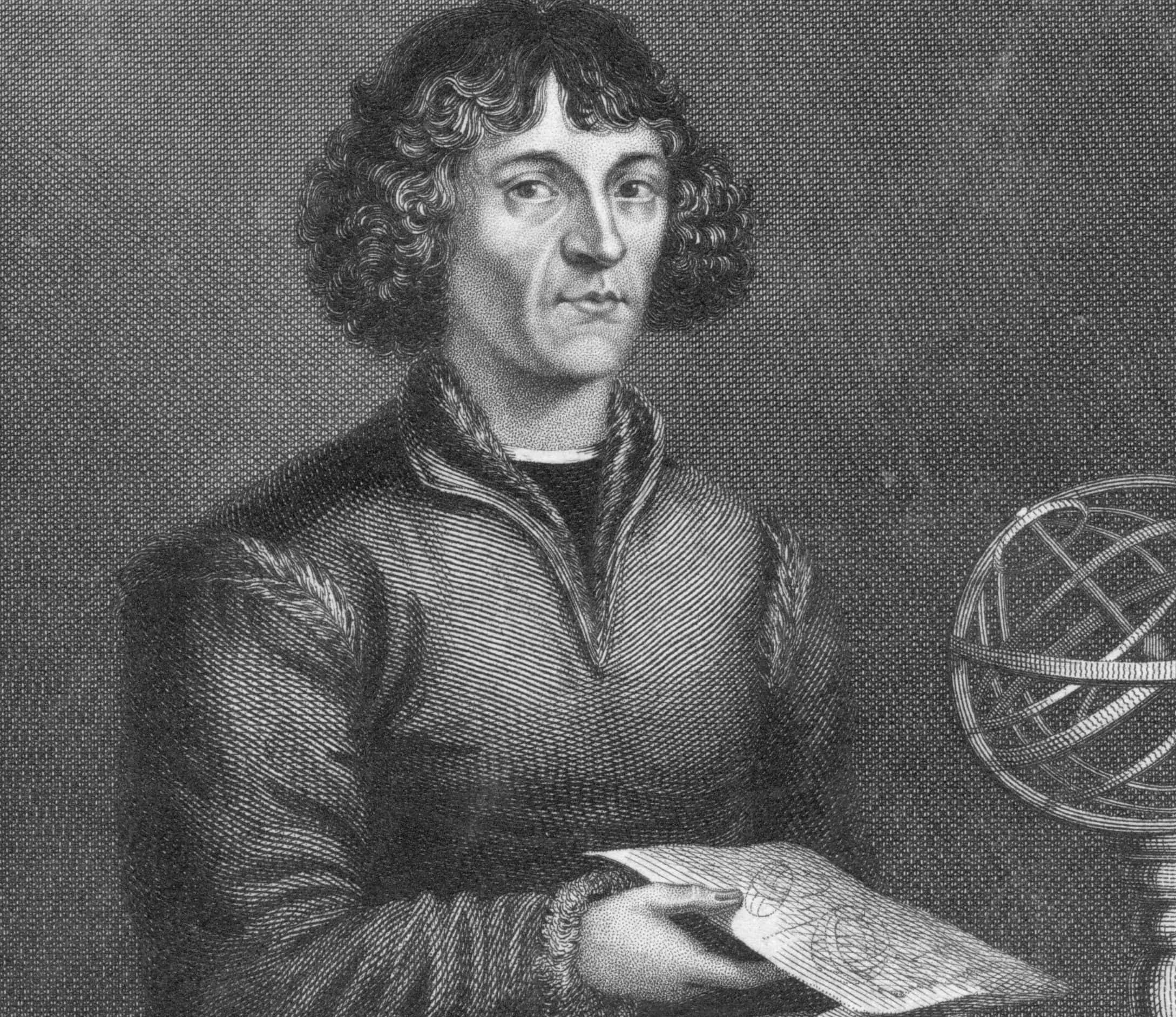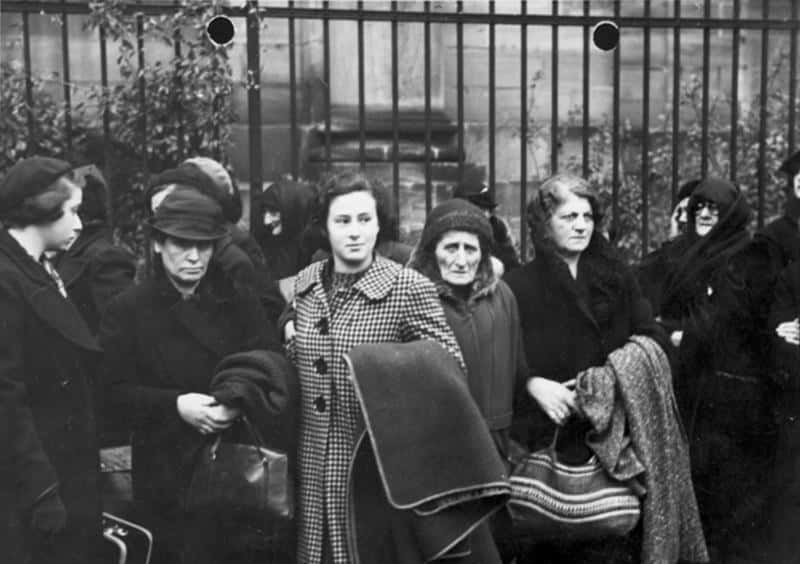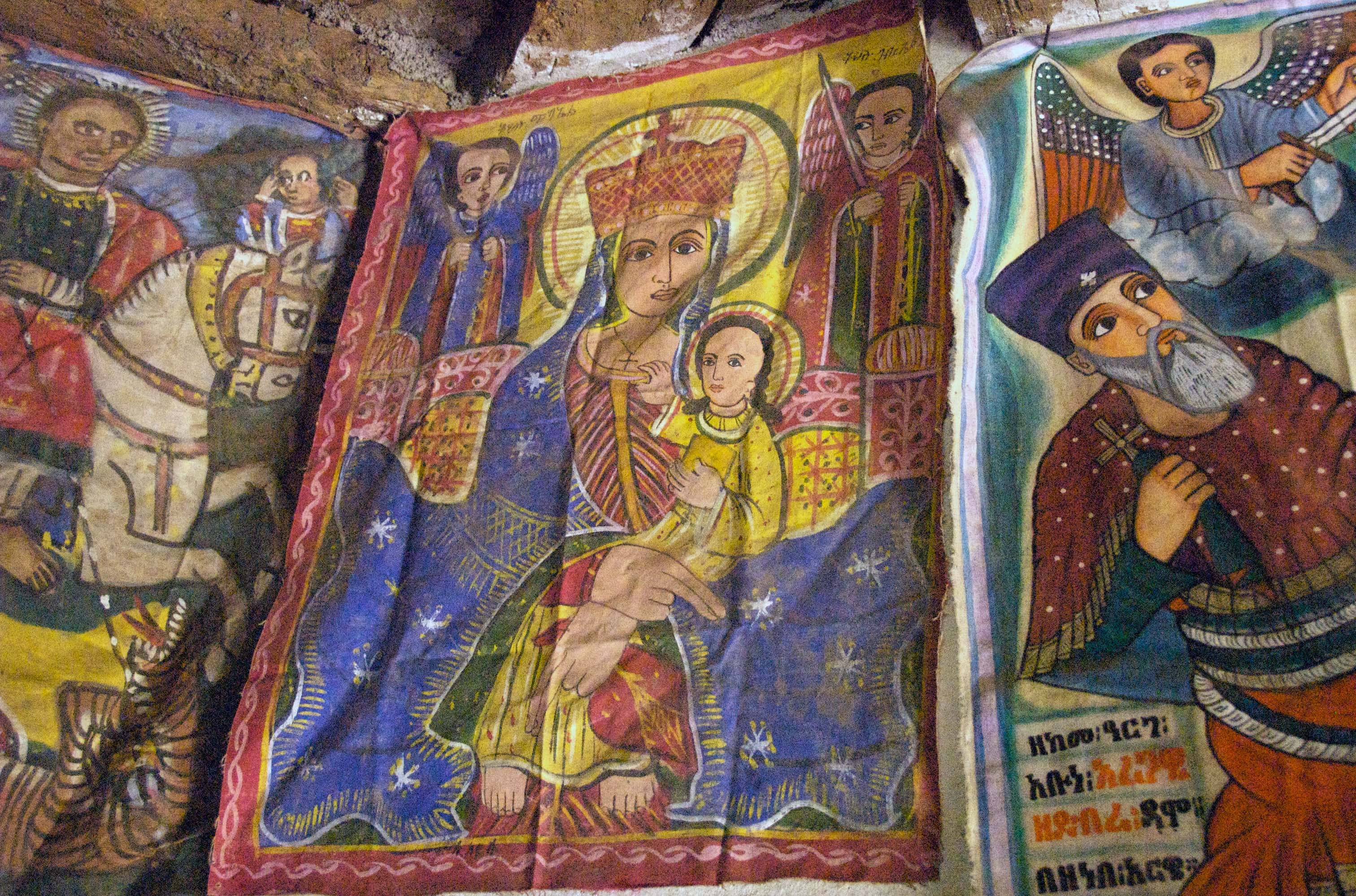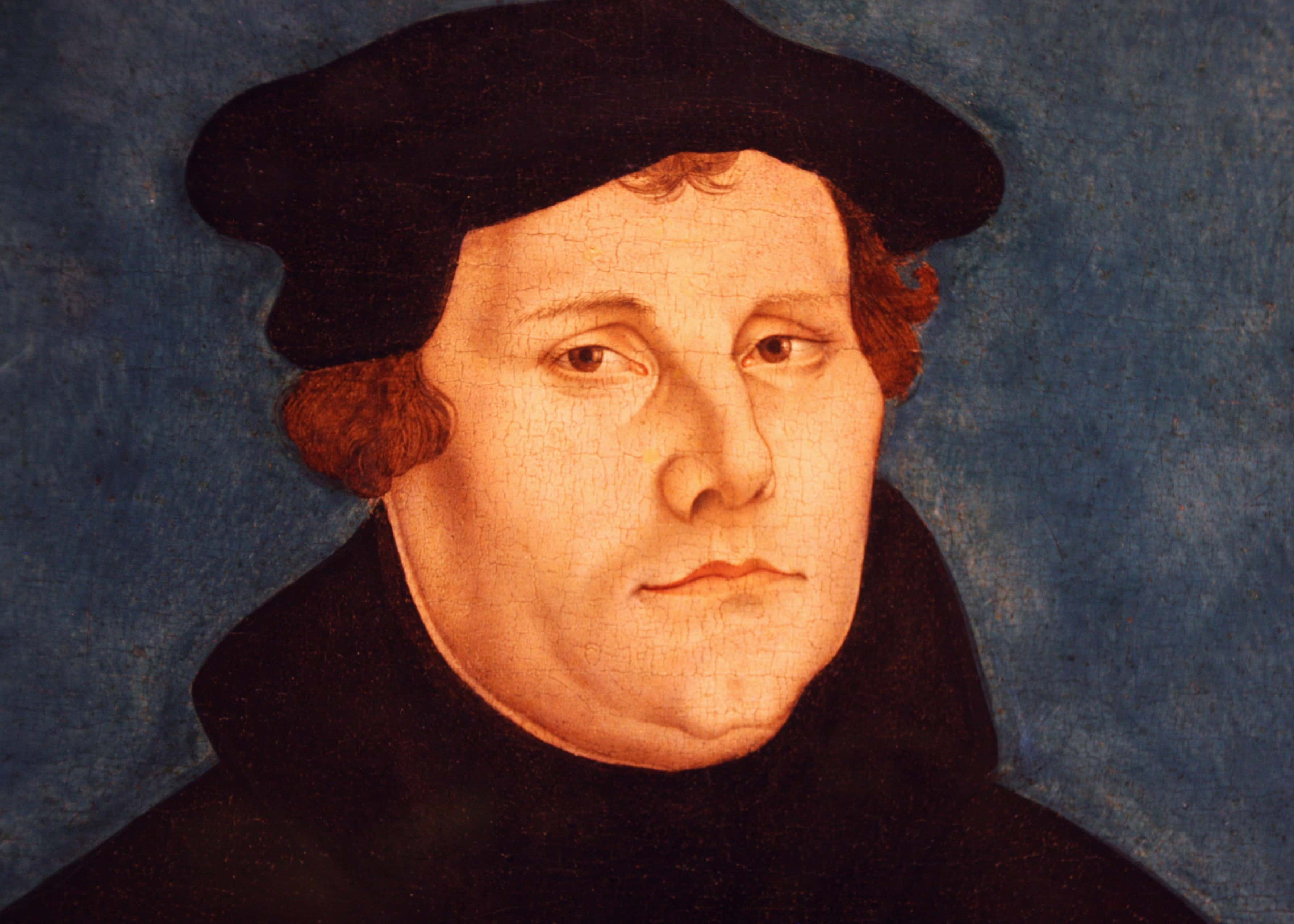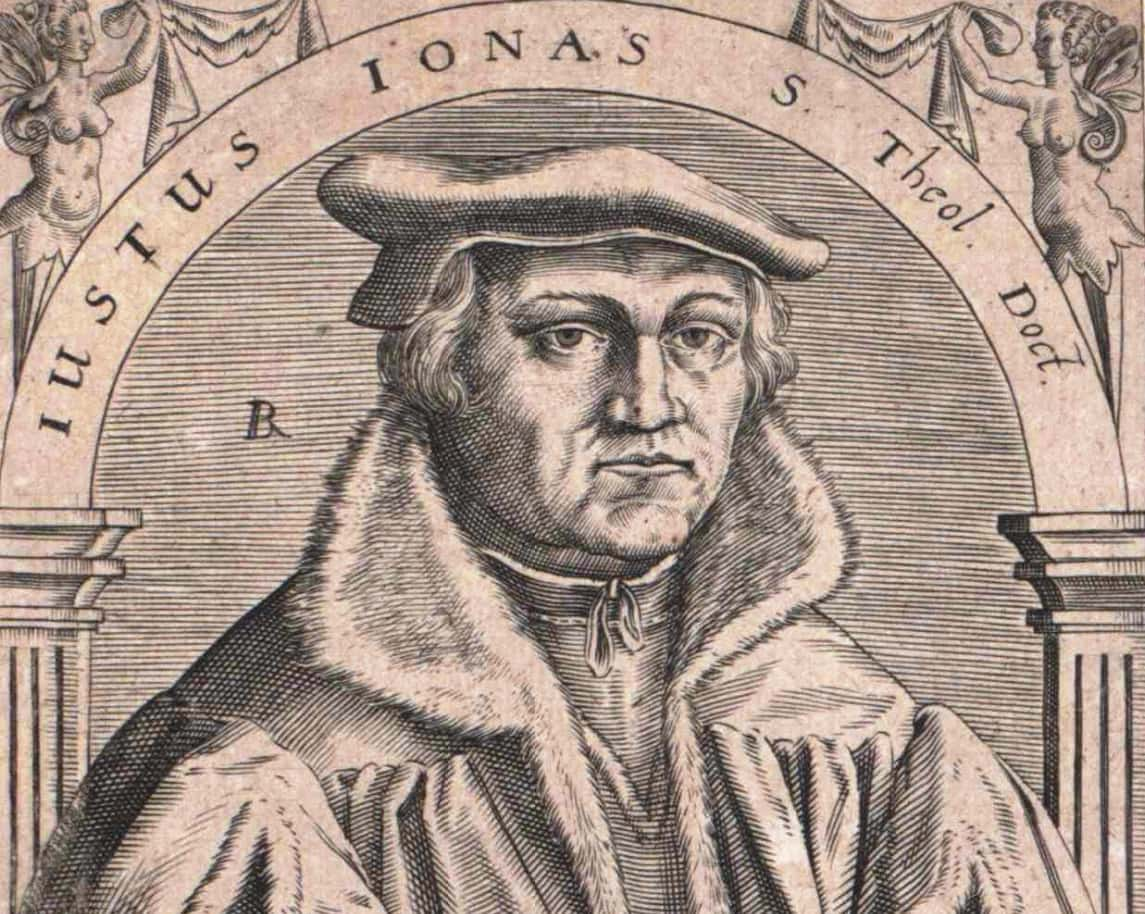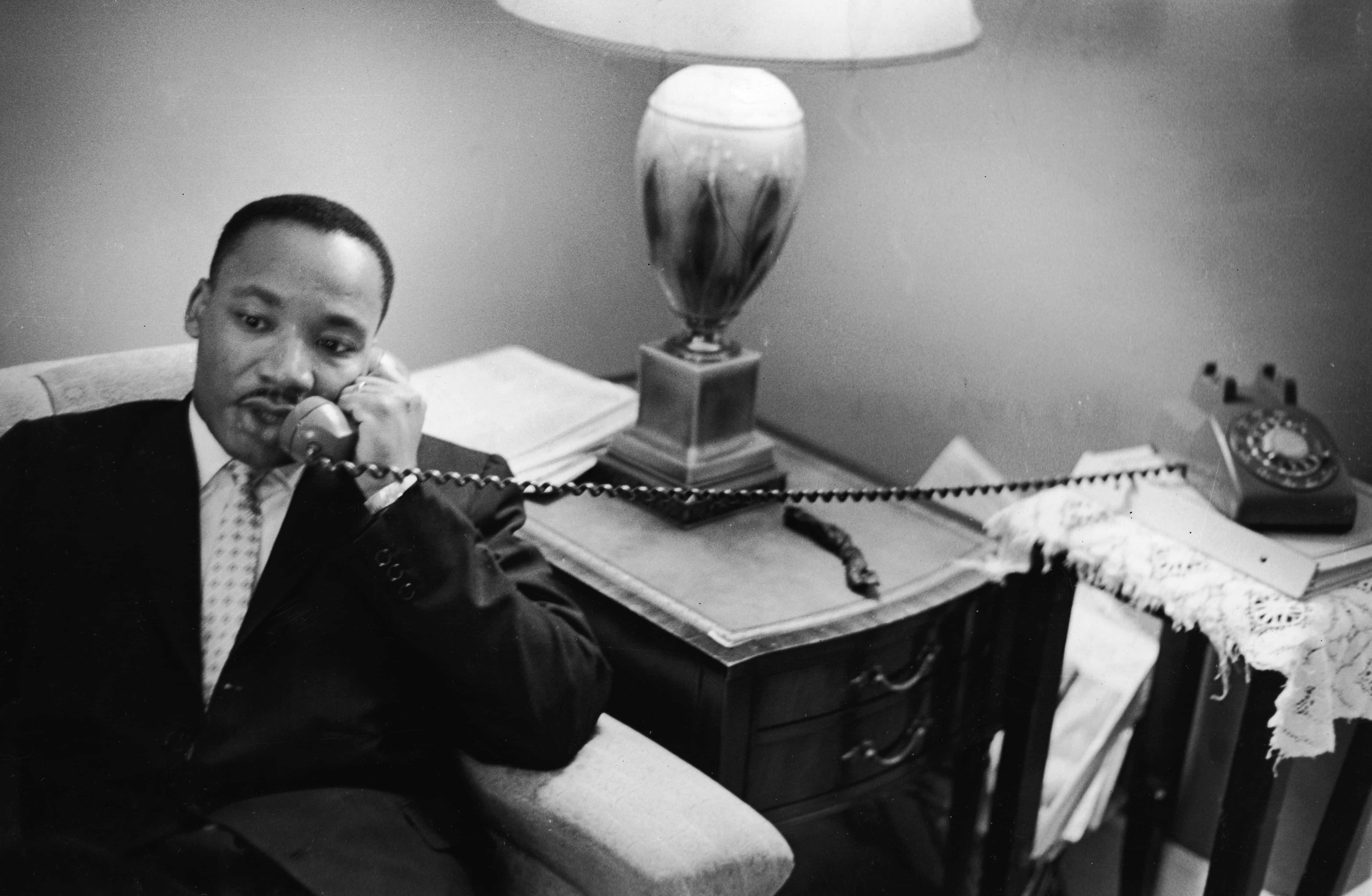When Martin Luther wrote his 95 theses, he sent a shockwave through European society which would ultimately affect all aspects of Western thought and culture. Suddenly, the West was split between Luther’s critics and his followers. Unlike the stern officials of the Roman Catholic Church, Luther reveled in the earthier aspects of human life; Luther accepted, if he didn't necessarily encourage, drinking, sexuality, and swearing as normal parts of life. As he said himself, sometimes we must “sin a little to spite the devil.” Religious history can undoubtedly be a touch boring, but Martin Luther was anything but. Read on for 42 facts about his remarkable life.
1. In the Beginning
Martin Luther was born on November 10, 1483, in Eisleben, a town in what is now Germany. He was named Martin in honor of St. Martin of Tours, whose feast day coincided with Luther’s baptism.
2. Parallel Lives
Naming Martin Luther after St. Martin turned out to be an alarmingly apt choice. St. Martin was a soldier in the Roman army who refused to fight, believing killing to be opposed to his Christian values. Martin Luther likewise challenged his Roman superiors over matters of conscience and religious beliefs. Both St. Martin and Martin Luther made their objections public in the German city of Worms.
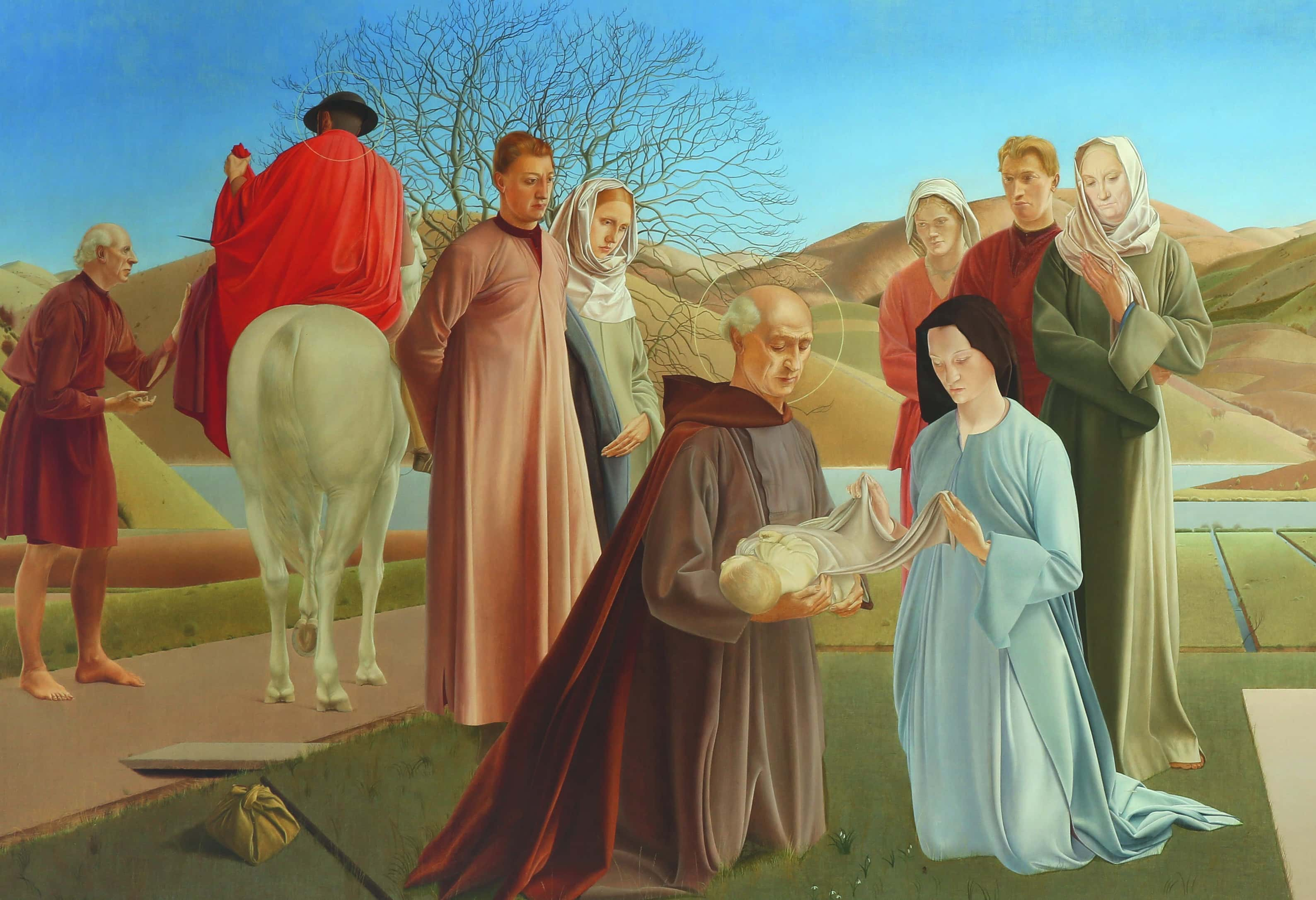 Wikimedia Commons, Winifred Knights
Wikimedia Commons, Winifred Knights
3. Branding 101
His birth name was, in fact, Martin Luder. Some suspect he changed it to Luther because it seemed to refer to “eleutherios,” the Ancient Greek word for liberty.
4. No Son of Mines
Luther’s father owned several successful mines and copper smelters, and he was eager that young Martin should become a lawyer. After completing his studies at the University of Erfurt, Martin Luther entered law school but left shortly thereafter to begin his life as a monk.
5. A Promise is a Promise
Luther was apparently prompted to enter the monastery after a near-death experience. Lost in a storm, he prayed to St. Anna to help him, pledging that he would become a monk if he survived. The storm cleared up soon after, and Martin left law school, intent on keeping his promise.
6. Cut to the Chase
This was not the young Luther’s only near-death experience. Two years earlier, he had been traveling home when his sword slipped and severed the main artery in his leg. Luther came perilously close to bleeding to death before his wound was treated.
7. Devil’s Advocate
As a young man, Luther took confession very seriously. He would often confess for hours at a time, worried that he might forget to disclose some minor sin he had committed. Even his priest thought Luther might be overdoing it. Once, worn out by one of Luther’s marathon confession sessions, the priest shouted, “Look here, Brother Martin, if you’re going to confess so much, why don’t you go do something worth confessing? Kill your mother or father! Commit adultery! Quit coming here with such flummery and fake sins.”
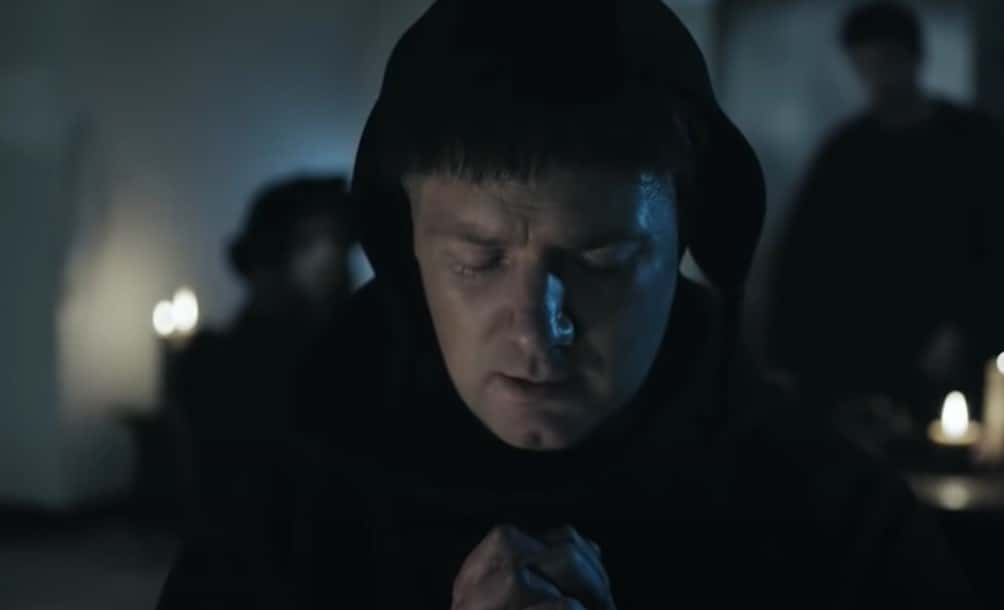 A Return to Grace: Luther
A Return to Grace: Luther
8. OCD
Luther’s “confession fever” seems in line with a pattern of obsessive or intrusive religious behavior. Luther also suffered compulsions to curse God and was plagued by “images of the Devil’s behind.”
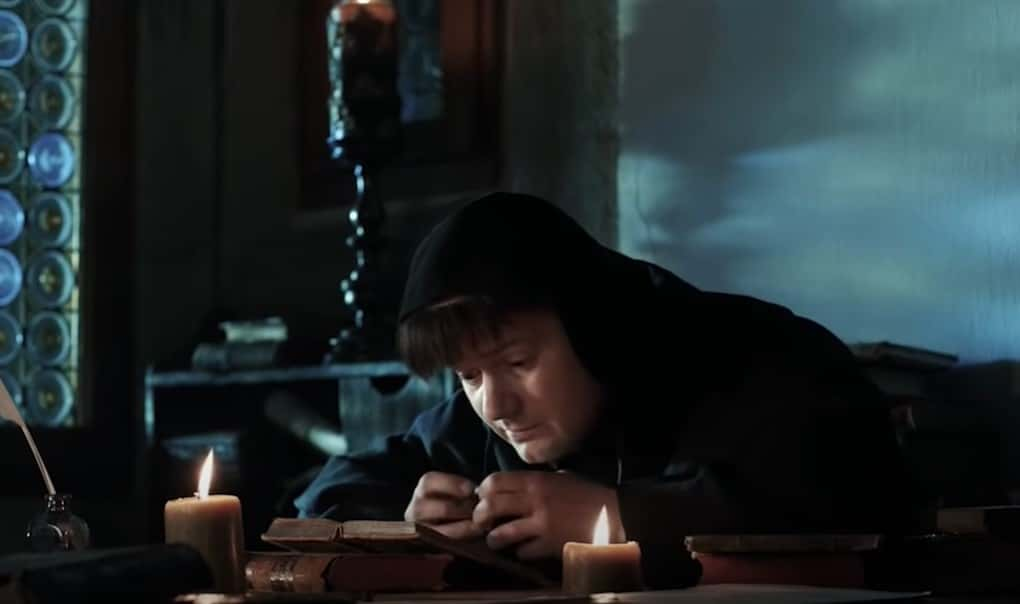 A Return to Grace: Luther
A Return to Grace: Luther
9. A Meteoric Rise
Luther entered the Augustinian monastery in Erfurt, Germany, on July 17, 1505. He quickly won a name for himself as a serious, dedicated theologian. Within two years he was ordained by the Bishop of Brandenburg. By 1508, he was invited to teach theology at the University of Wittenburg.

Sign up to our newsletter.
History’s most fascinating stories and darkest secrets, delivered to your inbox daily. Making distraction rewarding since 2017.
10. Keeping Busy
In addition to his position at the university, Luther was named the vicar of Saxony and Thuringia in 1515, making him responsible for all eleven monasteries in his province.
11. Roman Holiday
Luther made his first and only visit to Rome in 1510. He was surprised by what he saw as a lack of piety and accordance with the tenets of the Church. Most surprising to him was the quickness of masses. He said, “[The Italians] say six or seven masses in the time it takes me to say one, for they take money for it and I do not.” Ever after, Luther would equate Rome with corruption and hypocrisy.
12. Indulge Me
It was common practice at this time for the church to sell indulgences. The church promised that, for a small fee, an assurance could help offset sins committed on earth, thus expediting one’s ascension to heaven. Basically, you could buy your way out of sin. Luther opposed indulgences, believing them to have no theological basis.
When the Vatican, hoping to raise funds to upgrade St. Peter’s Basilica, sent a commissioner to Germany to sell indulgences, Luther wrote a letter of protest to his bishop. This letter would form the basis of Luther’s 95 Theses, and kickstart the Reformation.
 A Return to Grace: Luther
A Return to Grace: Luther
13. For Subscribers Only
Contrary to popular legend, Luther’s 95 Theses were likely never nailed to the door of All Saint’s Church in Wittenburg. Rather, the Ninety-Five Theses, or Disputation of Martin Luther on the Power and Efficacy of Indulgences, was mailed to his archbishop, Albrecht von Brandenburg, on October 31, 1517.
14. Private Thoughts
Sometimes the most ground-breaking ideas can come from the least inspiring places. Luther suffered chronic constipation—by his own admission, a good portion of the 95 Theses was written on the toilet.
15. Letter from his Ex.
Following the publication of the 95 Theses, Luther was ordered to appear in Rome to face charges of heresy. When he failed to appear, he was excommunicated from the Roman Catholic Church. Luther remained defiant—he burned the notice of his excommunication in a pit at the Wittenburg hospital.
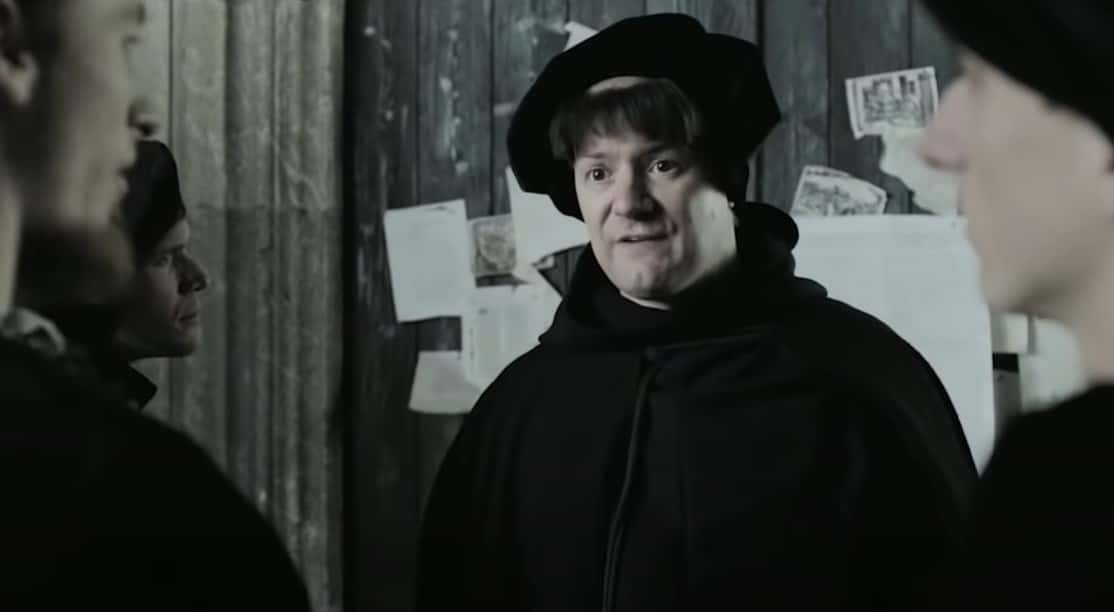 A Return to Grace: Luther
A Return to Grace: Luther
16. A Can of Worms
In 1521, Charles V, Holy Roman Emperor asked Luther to appear before the Diet of Worms to declare publicly his support or opposition to the Church (to be clear, a diet is an assembly, and Worms is a city—he didn't have to eat a bunch of worms). Rather than back down, Luther reasserted his objections. While the Diet could not carry out any action against Luther, they did publicly advocate his arrest and/or execution.
Fearing he might be assassinated, Luther’s supporters faked his kidnapping and he went into hiding.
17. Friends in High Places
Disguising himself as a knight named Junker Jörge, Luther was set up in Wartburg Castle by one of his supporters, Frederick III of Saxony. Luther would remain at Wartburg Castle for a year, waiting for the danger to pass.
18. Divine Inspiration
Luther spent most of his time in hiding translating the Bible into German. This let the people take their religion into their own hands, rather than needing priests to explain it to them. Luther worked obsessively on the translation: translating the New Testament took Luther just 11 weeks.
19. Banned Books
Although the 1521 Edict of Worms formally outlawed Luther’s writings, his translation of the Bible still sold nearly 3,000 copies. They didn't come cheap either: each book cost the same as a calf.
20. Best Selling Author
Luther became a prolific writer, and his writings were extremely popular with mass audiences—a fact made possible thanks to the recent development of the printing press. Luther would write more than 120 works in his lifetime; one, Sermon on Indulgences and Grace, sold more than 14,000 copies in a single year.
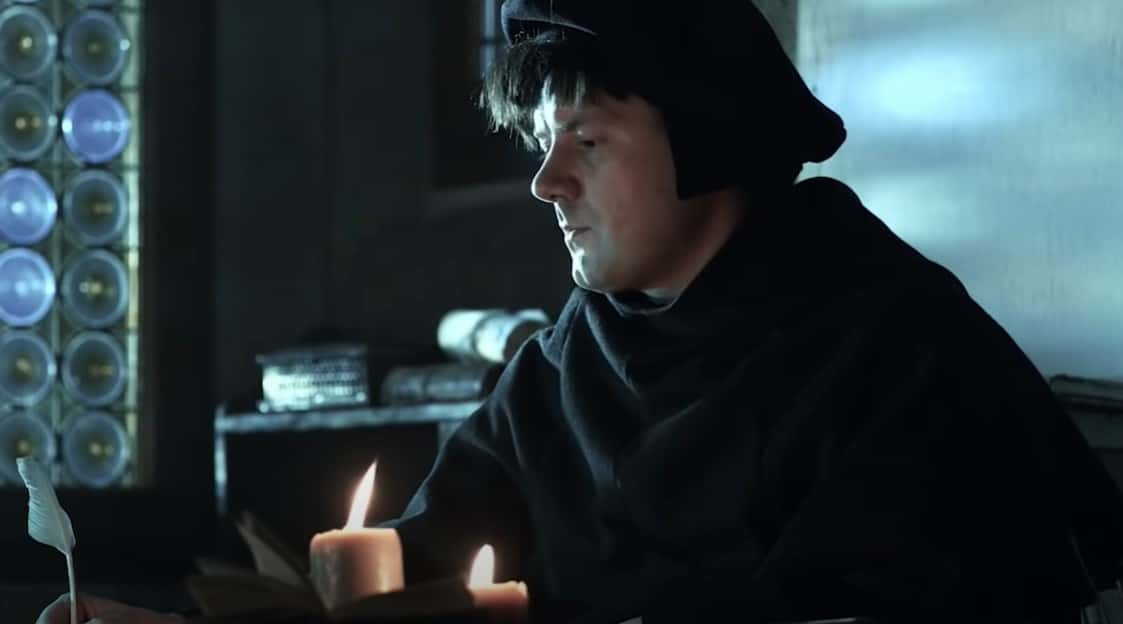 A Return to Grace: Luther
A Return to Grace: Luther
21. Sold for a Quarter
In the first decade after the Reformation, one in every four pamphlets sold was written by Martin Luther.
 A Return to Grace: Luther
A Return to Grace: Luther
22. By Faith Alone
Luther opposed many teachings of the Roman Catholic Church. He rejected the authority of the Pope and argued against anything that could not be found in holy scriptures. Luther’s greatest departure from the Church, however, was his belief in the principle of sola fide—that entry to Heaven was granted based on faith alone, and could not be assured by penance, alms, or indulgences.
23. “Don’t Call Us That!”
The term “Lutheran” was coined by Luther’s Roman Catholic critics. Luther’s followers actually referred to themselves as “Evangelicals.”
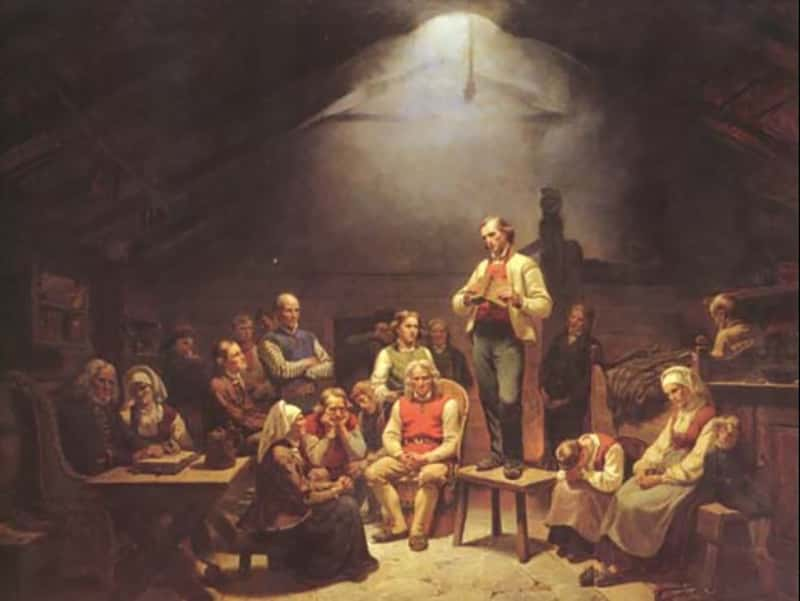 Wikipedia
Wikipedia
24. Sister Wife
Luther’s ideas spread far and wide, even into Catholic monasteries and convents. In 1523, a group of nuns broke their vows and, with the help of a sympathetic fisherman, escaped from their convent in Nimbschen. One of those nuns, Katharina von Bora, would later become Luther’s wife.
25. Power Couple
Against tradition, the 26-year-old von Bora actually requested Luther’s hand in marriage. Luther, then 41, had not been strongly attracted to the former nun, and more pressingly, he lived under constant threat of execution or assassination. Nevertheless, he believed that his marriage "would please his father, rile the pope, cause the angels to laugh, and the devils to weep."
He considered von Bora his intellectual and spiritual equal, and the two had a happy union resulting in six children.
26. The Lady of the House
Luther and his new wife moved into a renovated monastery called the Black Cloister, and Katharina immediately took control of the household. In addition to caring for Luther, their children, four adopted orphans, and the endless number of guests who came to meet them, she also operated a hospital on the site.
The degree of control which Katharina was afforded was a source of ridicule for Luther’s critics, but it served as an example of a healthy, holy, clerical union to Luther’s growing followers.
27. The Beginning of Church
Gradually, Luther’s ideas began to take hold, beginning with a formal outline of Lutheran beliefs delivered at Augsburg in 1530 and the organization of several states led by Lutheran princes into Schmalkaldic League in 1531. Bells rang to open the first Lutheran churches in 1543.
28. Clear and Peasant Danger
In 1525, a group of reformers inspired by Luther appeared in Wittenberg. The Zwickau Prophets preached a far more radical gospel than Luther, however, including the belief that all men were equal. The Zwickau Prophets stirred the peasants to the verge of revolution, forcing Luther to denounce them in a pamphlet called Against the Murderous, Thieving Hordes of Peasants.
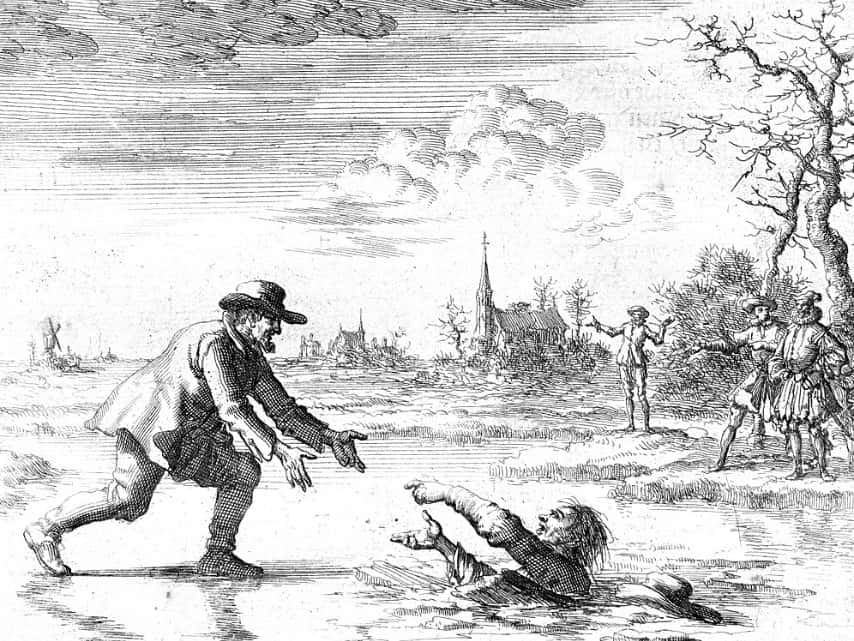 Wikipedia
Wikipedia
29. Here Comes Santa Claus
Kris Kringle, one of the many aliases of Santa Claus, derives from the German Christkind. The Christkind was a gift-delivering Baby Jesus proposed by Martin Luther as an alternative to the Catholic-oriented Saint Nicholas. The Christkind caught on with many Catholics anyway and, after a brief spell when the Christkind and St. Nicholas were partners, they fused into a single character.
30. Christmas Lights
Luther made one other important contribution to Christmas: according to legend, he invented the Christmas tree. Other versions of the story say he was the first to put lit candles on the tree. Clearly, "fire safety" wasn't one of the 95 Theses.
31. A Battle of Writs
Luther and the Pope had their differences, but they could agree on one thing: the sun definitely revolved around the earth. Having read Copernicus’ treatise on the solar system, Luther responded with a quote from the Book of Joshua in which God commands the sun to stand still for an entire day. Copernicus, Luther declared, was “a fool who went against Holy Writ.”
32. Lies and Prejudice
Unfortunately, Luther was not kind to the Jewish people towards the end of his life. We won’t quote from his 1543 treatise On the Jews and their Lies, but it does advocate burning synagogues and seizing the property of Jewish citizens. The Nazis would use Luther’s words on this subject to provide a convenient religious justification for their cruel regime.
 A Return to Grace: Luther
A Return to Grace: Luther
33. Grim Coincidence
Kristallnacht, generally recognized as the start of the Holocaust, occurred on November 10th, 1938. It was the 395th anniversary of Martin Luther’s birth.
34. A Friend of Islam
Despite his prejudice against Jews, Luther was surprisingly tolerant of Muslims. Understanding them as an enemy of the Catholic church, he urged against a Holy War with the Turks in 1518. Luther also denounced a ban on the Qur’an.
 A Return to Grace: Luther
A Return to Grace: Luther
35. Out of Africa
Luther was knowledgeable about the Ethiopian Orthodox Christian Church and considered it truer to the original conception of Christianity than Roman Catholicism. He had met with Michael the Deacon of the Ethiopian Orthodox Church in 1534 and Ethiopian Orthodox practices influenced Luther’s own ideas in shaping Lutheranism.
36. Martin Lute-r
Luther translated the texts of many hymns from Latin to German and played them on his lute. Luther was a gifted composer, as well; among his compositions is the hymn “A Mighty Fortress is Our God.”
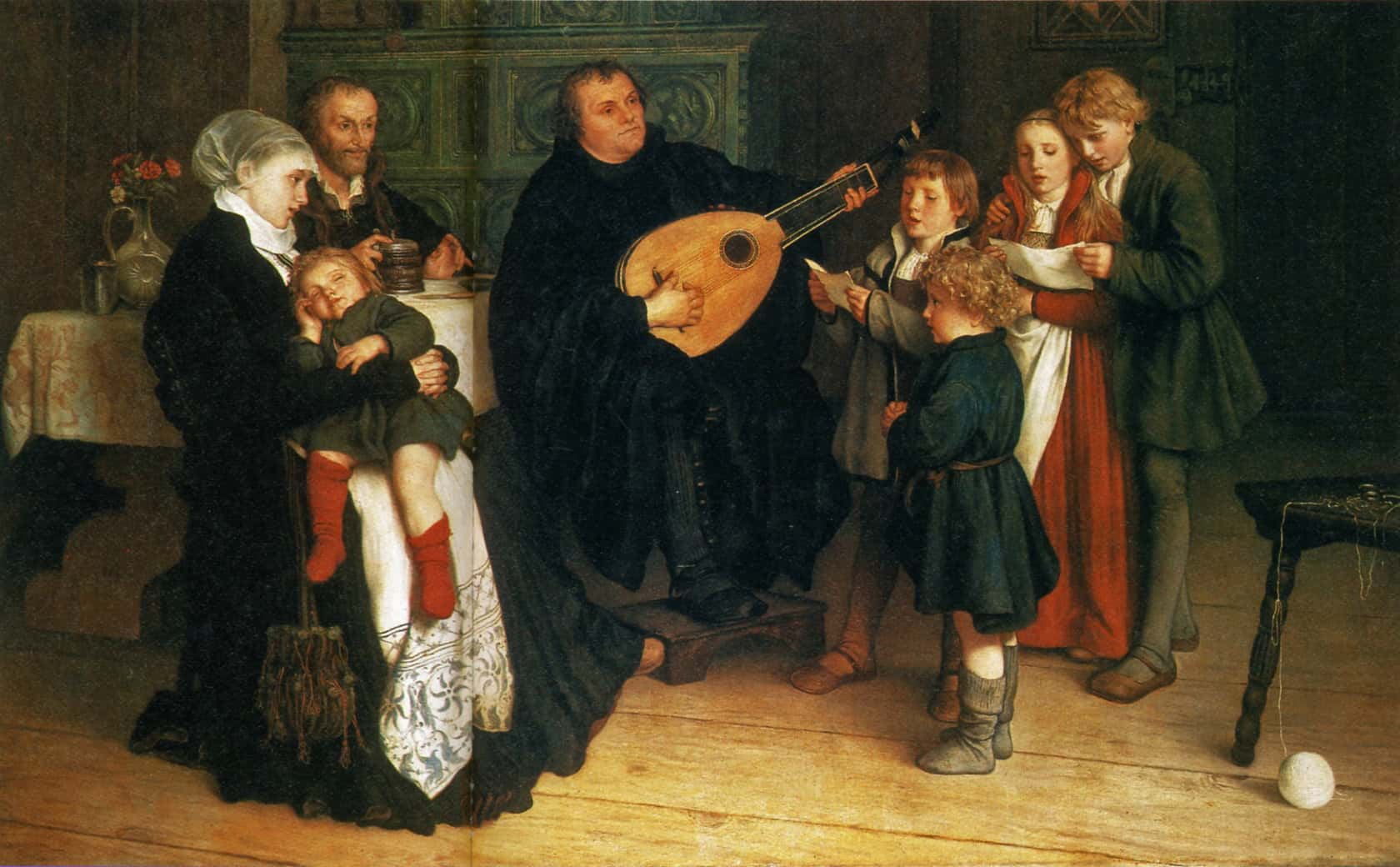 Wikimedia Commons, James Steakley
Wikimedia Commons, James Steakley
37. Potty Mouth
He may have been a holy man, but Martin Luther was famously fond of foul language. A declaration made later in his life is characteristic: Luther said, “I am a ripe s*** and the world an a**hole; we shall soon be free of one another.”
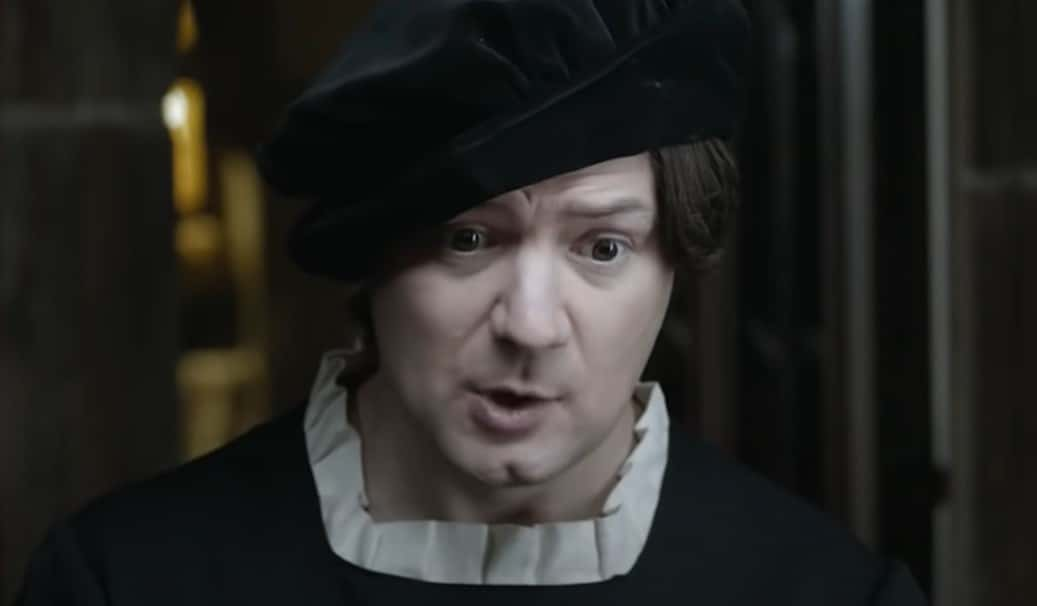 A Return to Grace: Luther
A Return to Grace: Luther
38. The Reports of My Death Have Been Greatly Exaggerated
Catholic writers had been disingenuously reporting Luther’s death for years at this point. It was once announced not only that Luther had died, but his coffin had been exhumed and there had been no corpse to be found. Supposedly, rather than decomposing, Luther’s body was stricken straight to Hell. For his part, Luther was greatly entertained by the stories.
39. A Beggar’s Death
Luther spent the last years of his life suffering a number of maladies, including tinnitus, gallstones, and angina. He gave his final sermon on February 15, 1546, and passed away just three days later. On his deathbed, he wrote one final lesson; it read: “No one can have indulged the Holy Writers sufficiently unless he has governed churches for a hundred years...we are beggars: this is true.”
 A Return to Grace: Luther
A Return to Grace: Luther
40. The Official Report
In light of previous attempts by Roman Catholics to fabricate stories around Luther’s death, his close friend Justus Jonas was on hand in Luther’s final hours to ensure all information surrounding the death was recorded accurately and made known to the public.
41. Quite the Congregation
While other reformers followed, and with them, further sects of Christianity, the Lutheran Church continues to thrive. Today, over 70 million people around the world adhere to Lutheranism.
42. The Three Martin Luthers
Yes, Martin Luther King Jr. is named for Martin Luther. While traveling in Europe, Martin King was so struck by the effect the Reformation had on the European peoples and culture that he decided to honor its leader. Martin King Sr. became Martin Luther King Sr. It followed naturally that his son, the five-year-old Martin King Jr., became Martin Luther King Jr.

